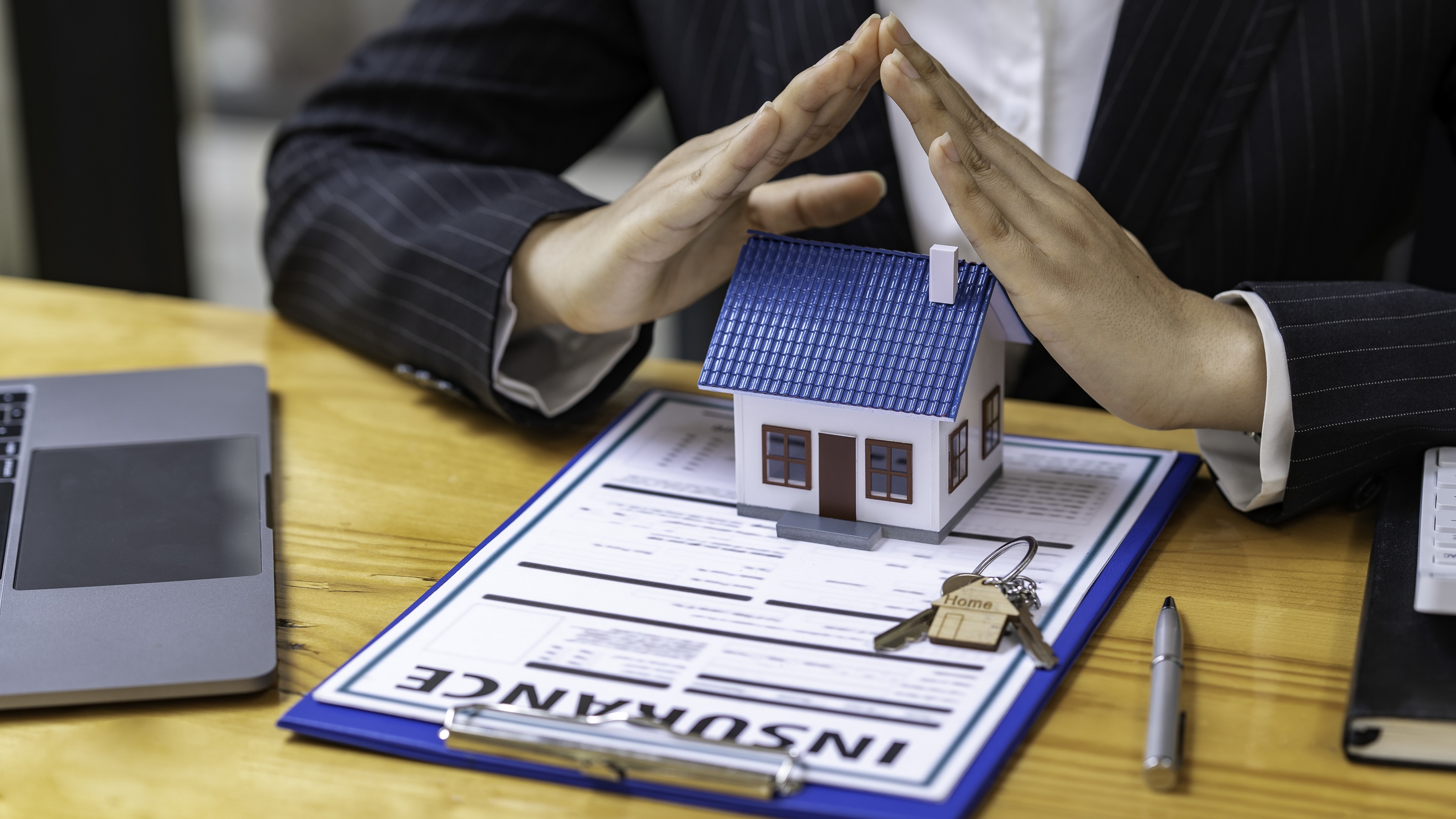Treasury Bills vs Treasury Bonds: Know the Difference
Investors must understand two differences between Treasury bills vs Treasury bonds. These stable investments can add security to your portfolio.


Donna LeValley
The federal government raises huge amounts of money by issuing debt securities. Treasury bonds and Treasury bills are the two main varieties buyers invest in.
They both have the backing of the full faith and credit of the U.S. government. This means investors have a fairly low risk of nonpayment of interest and loss of principal.
Treasury bills and bonds (collectively known as Treasury securities) each have a starting price of $100. You can buy these from a broker or directly from the federal government using the TreasuryDirect website, which does not charge a fee.

Sign up for Kiplinger’s Free E-Newsletters
Profit and prosper with the best of expert advice on investing, taxes, retirement, personal finance and more - straight to your e-mail.
Profit and prosper with the best of expert advice - straight to your e-mail.
One of the greatest strengths of Treasury securities is their tax profile. "All Treasuries are SALT-free," says Judith A. Raneri, vice president and portfolio manager at Gabelli Funds LLC. "That is, the interest earned is state and local tax-free. These securities are only subject to federal tax."
While these investments are both government-backed debt securities, there are two significant differences between Treasury bills and Treasury bonds.
Mainly, they vary in when the principal is repaid, called the security's maturity, and how the interest is paid.
When Treasury bills vs Treasury bonds mature
Treasury bills offer six maturities: four weeks, eight weeks, 13 weeks, 17 weeks, 26 weeks and 52 weeks. This flexibility is a key advantage. It allows investors to better manage their short-term cash.
"Treasury bills can be used as a cash alternative within a portfolio," says Sara Kalsman, a certified financial planner at Betterment. "They provide a relatively stable return while preserving capital during volatile market environments."
Treasury bonds, on the other hand, have only two maturities. They are for 20 years and 30 years.
To bypass the lengthy maturities, you can sell bonds before they mature (the same goes for Treasury bills). In fact, this is a common practice, as each investor has unique goals and requirements for their portfolio.
When you sell a Treasury bond, it results in a capital gain or loss, thanks to the inverse relationship between bond prices and interest rates. When interest rates rise, Treasury bond prices generally fall — and vice versa.
For example, suppose you bought a 20-year Treasury bond for $1,000 with a fixed interest rate of 5%. After a year, the interest rate has risen to 7% but now you have a problem if you want to sell.
Your bond is less appealing to a buyer since the buyer can now purchase the same type of security for $1,000 and get a higher rate.
When selling your bond, you'd have to try to offer a competitive yield, therefore you'd have to lower the price of your security below $1,000 to push the yield to 7%.
As a result, you'd lose out on your principal investment.
When rates are low, it's a great time to sell. For example, if the interest rate on the same 5% bond fell to 3%, the bond's value would have increased.
You'd have a capital gain if you sold the bond in that instance.
How is interest paid on Treasury bills and Treasury bonds?
A Treasury bill has “imputed” interest. This means the interest is calculated as the difference between the price you pay for the security and the amount you get when it matures.
The federal government will not send you any interest payments. This is because Treasury bills are sold below face value. But, when they mature, you're paid the current face value of the bill.
For a Treasury bond, the government will pay you a fixed amount of interest every six months until maturity.
Suppose you purchased a bond for $1,000, and the interest rate is 4%. In this case, you will get $20 every six months.
The bottom line on Treasury bonds vs Treasury bills
As you invest in debt securities, consider these critical differences between Treasury bills and Treasury bonds to make the best choice for your short-term and long-term goals.
Treasury bills have a greater variety of maturity lengths, ranging from four to 52 weeks. Treasury bonds have the longest maturities, which are set at 20 and 30 years.
Treasury bills do not pay any interest payments and payoff when they mature or are sold. Treasury bonds will pay you interest twice a year.
Treasury bills function more like cash in your portfolio and can be a safe harbor during turbulent economic times.
Treasury bonds can provide a dependable stream of income, but can suffer a loss of value on secondary markets if interest rates go up.
Related Content
Get Kiplinger Today newsletter — free
Profit and prosper with the best of Kiplinger's advice on investing, taxes, retirement, personal finance and much more. Delivered daily. Enter your email in the box and click Sign Me Up.

Tom Taulli has been developing software since the 1980s when he was in high school. He sold his applications to a variety of publications. In college, he started his first company, which focused on the development of e-learning systems. He would go on to create other companies as well, including Hypermart.net that was sold to InfoSpace in 1996. Along the way, Tom has written columns for online publications such as Bloomberg, Forbes, Barron's and Kiplinger. He has also written a variety of books, including Artificial Intelligence Basics: A Non-Technical Introduction. He can be reached on Twitter at @ttaulli.
- Donna LeValleyRetirement Writer
-
 The New Space Age Takes Off
The New Space Age Takes OffThe Kiplinger Letter From fast broadband to SOS texting, space has never been more embedded in peoples’ lives. The future is even more exciting for rockets, satellites and emerging space tech.
By John Miley Published
-
 Ask the Editor: Four Reader Tax Questions
Ask the Editor: Four Reader Tax QuestionsAsk the Editor In our Ask the Editor series, Joy Taylor, The Kiplinger Tax Letter Editor, answers questions related to IRAs and other retirement accounts.
By Joy Taylor Published
-
 Home Insurance: How to Cut Costs Without Losing Coverage
Home Insurance: How to Cut Costs Without Losing CoverageNatural disasters are causing home insurance premiums to soar, but don't risk dropping your coverage completely when there are ways to keep costs down.
By Jared Elson, Investment Adviser Published
-
 Why Homeowners Insurance Has Gotten So Very Expensive
Why Homeowners Insurance Has Gotten So Very ExpensiveThe home insurance industry is seeing more frequent and bigger claims because of weather, wildfires and other natural disasters.
By Karl Susman, CPCU, LUTCF, CIC, CSFP, CFS, CPIA, AAI-M, PLCS Published
-
 Zelle App Shut Down? Why Zelle Has Discontinued Its App
Zelle App Shut Down? Why Zelle Has Discontinued Its AppWith the Zelle app shut down, learn how you can still use Zelle and which other mobile payment apps you might want to consider.
By Paige Cerulli Published
-
 Use This 1-Year CD if You’ll Owe Taxes Next Year
Use This 1-Year CD if You’ll Owe Taxes Next YearA one-year CD allows you to set money aside now for taxes you'll owe next year. We'll show our best choice.
By Sean Jackson Published
-
 How to Lower Home Insurance Rates When Climate Change Increases Costs
How to Lower Home Insurance Rates When Climate Change Increases CostsA top insurer warns the damage climate change causes is making it cost-prohibitive for insurers in some areas. Learn how to protect your home and lower costs.
By Sean Jackson Published
-
 Stick to the Plan: Don't Panic During Economic Uncertainty
Stick to the Plan: Don't Panic During Economic UncertaintyTake a breath and step back. Focus on a solid fiscal foundation to stabilize your investments during stock market volatility.
By Eric Lahaie, CFS®, RICP® Published
-
 How Inflation Affects Your Finances and How to Stay Ahead
How Inflation Affects Your Finances and How to Stay AheadThe cost of goods and services is certain to rise over time, making it essential to have a financial plan that will help you keep pace.
By Kyle D. Sikes Published
-
 Now's a Great Time to Become a Financial Adviser: Here's Why
Now's a Great Time to Become a Financial Adviser: Here's WhyThere's a growing need for financial advisers. Why not take on a role that offers earning potential and work-life balance and helps change lives?
By John Roberts Published